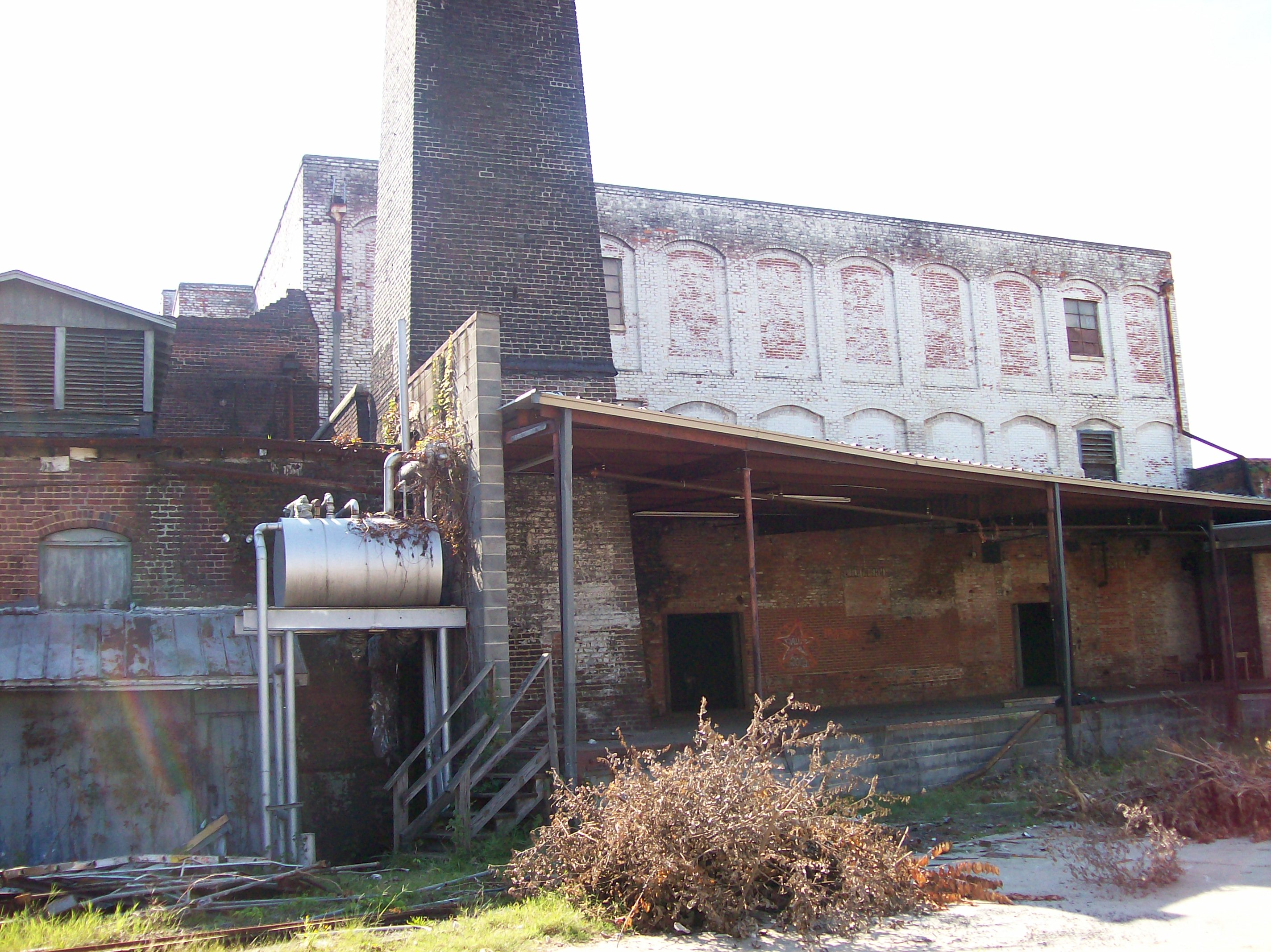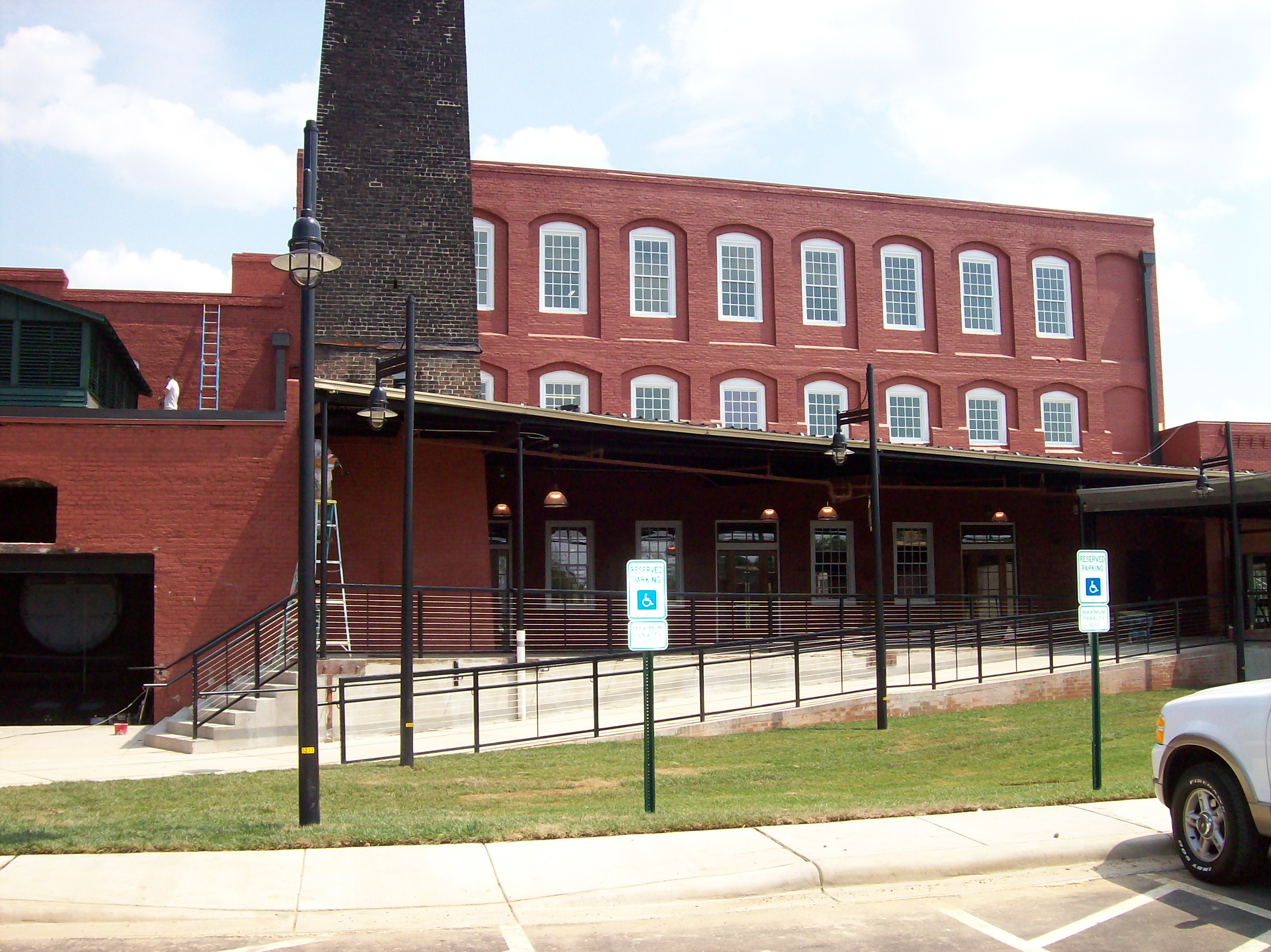The following article is the third in a series about economic development tools and how to use them.
In addition to historic rehabilitation credits discussed in November issue, owners/developers of a building may be eligible for tax incentives based on a property's former use. Credits are available under the Textiles Communities Revitalization Act, Abandoned Buildings Revitalization Act and Retail Facilities Revitalization Act credit programs.
The textiles communities revitalization tax credit is available for renovating, rehabilitating and redeveloping abandoned textile mill sites. To be eligible for the tax credit, the property owner/developer must not have owned the site before it was abandoned nor have previously received a textile mill credit.

The Cotton Factory, City of Rock Hill
(Before)

After
Definitions
An eligible textile mill site is a "textile mill together with the land and other improvements on it which were used directly for textile manufacturing operations or ancillary uses."
Abandoned is defined as "at least 80 percent of the textile mill has been closed continuously to business or otherwise nonoperational as a textile mill for a period of at least one year immediately preceding the date on which the taxpayer files a "Notice of Intent to Rehabilitate.""
Eligible rehabilitation expenses are considered "expenses or capital expenditures incurred in the rehabilitation, renovation or redevelopment of the textile mill site."
Choices
A taxpayer who rehabilitates an abandoned textile mill site can choose between two available tax credits. SC Code of Laws 12-65-30
Option 1: The credit is taken against state taxes including: income tax, license tax or both; bank taxes (income/bank/license tax credit); or insurance premium taxes. The credit is equal to 25 percent of eligible rehabilitation expenses.
Option 2: Property tax credit is equal to 25 percent of the eligible rehabilitation expenses multiplied by the local taxing entity ratio for each local taxing entity consenting to the credit.
Process
To receive the tax credit, the owner/developer must first prepare and submit a "Notice of Intent to Rehabilitate" to the state Department of Revenue for option one (state tax credit) or the municipality or county for option two (property tax credit)" - indicating the taxpayer's intent to rehabilitate the textile mill site, the location of the textile mill site, the amount of acreage involved in the textile mill site, and the estimated expenses to be incurred in connection with rehabilitation of the textile mill site." The notice also must indicate which buildings will be renovated or demolished and whether new construction is involved.
The amount of the credit is equal to a maximum of 25 percent of the actual rehabilitation expenses made at the textile mill site after filing the Notice of Intent. A textile mill site acquired after December 31, 2007, is eligible for the credit if the final costs fall within 80 - 120 percent of the estimate of the rehabilitation expenses provided in the Notice of Intent to Rehabilitate. Rehabilitation expenses falling below 80 percent or above 120 percent are not eligible for the tax credit.
To claim the state credit, the taxpayer must submit the NIR to the state Department of Revenue then take the credit on his income tax return. To claim the property tax credit, the taxpayer must file the NIR with the local government where the textile mill is physically located. The local government must determine eligibility, then certify eligible and proposed rehabilitation expenses by a resolution approved by a positive majority vote. Council must then hold a public hearing and approve the tax credit by ordinance.
At least 45 days before holding the public hearing, the governing body must give notice to all affected local taxing entities where the textile mill site is located of its intention to grant the property tax credit. The notice must include the amount of estimated credit based on the amount of estimated rehabilitation expenses. If the other local taxing entities do not file an objection, they are deemed to have consented to the credit.
The owner/developer can take the property tax credit against up to 75 percent of the real property taxes due on the textile mill site each year for up to eight years.
He must take the state income tax or corporate license fee credit in equal installments over a five-year period, beginning when the property is placed into service. Any unused portion may be carried forward for the next five years. The law limits the use of this credit to 50 percent of the taxpayer's state income tax liability or corporate license fees.
The owner/developer can combine textile credits with state and federal historical rehabilitation tax credits, resulting in a potential credit equal to 55 percent of eligible rehabilitation expenses--20 percent federal, 10 percent state and 25 percent textile. The textile credit may also be passed through to lessees or purchasers of the property.
